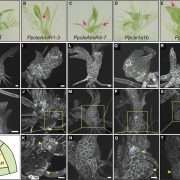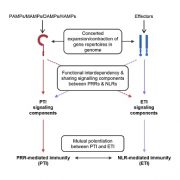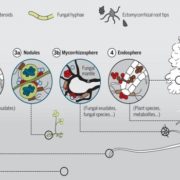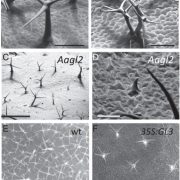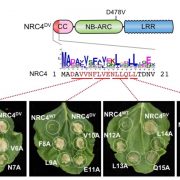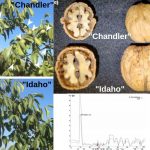Insight: Rapid evolution in plant – microbe interactions (New Phytol)
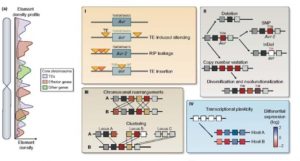 Plants and associated microbes co-exist and co-evolve over time. The rate of evolution is higher in pathogens as compared to plants. Although the phenotypic consequences of rapid evolution in pathogens are well studied, changes at genomic level are not as well known, and are the subject of a recent review by Frantzaskakis et al. Duplication and diversion of plant R genes, accompanied by evolution of pathogen Avr genes, are “testimonies of an ongoing arms race”. Genomic modifications by processes such as deletions, TE insertions, and epigenetic gene silencing of avirulence genes can lead to increased pathogen virulence. All these genomic changes together contribute to the ability of a microbe to become established as a pathogen in spite of the plant’s molecular warfare. Additional complexity is conferred by the recently discovered transfer of small RNAs from pathogen to plant, which can increase virulence. This review also describes the contributions of of transcriptional plasticity and gene dosage to the plant-pathogen battlefield. (Summary by Mugdha Sabale) New Phytol. 10.1111/nph.15966
Plants and associated microbes co-exist and co-evolve over time. The rate of evolution is higher in pathogens as compared to plants. Although the phenotypic consequences of rapid evolution in pathogens are well studied, changes at genomic level are not as well known, and are the subject of a recent review by Frantzaskakis et al. Duplication and diversion of plant R genes, accompanied by evolution of pathogen Avr genes, are “testimonies of an ongoing arms race”. Genomic modifications by processes such as deletions, TE insertions, and epigenetic gene silencing of avirulence genes can lead to increased pathogen virulence. All these genomic changes together contribute to the ability of a microbe to become established as a pathogen in spite of the plant’s molecular warfare. Additional complexity is conferred by the recently discovered transfer of small RNAs from pathogen to plant, which can increase virulence. This review also describes the contributions of of transcriptional plasticity and gene dosage to the plant-pathogen battlefield. (Summary by Mugdha Sabale) New Phytol. 10.1111/nph.15966


